Gender-Based Violence (GBV) is violence directed against a person because of their gender, or violence that disproportionately affects people of a particular gender, mainly women, girls, and gender-diverse people.
GBV takes many forms, including physical, psychological, sexual, emotional, digital, and economic violence, as well as neglect, and harassment. Negative effects of GBV often lead to inter-generational cycles of violence and abuse within families and entire communities.
There are many forms of GBV. You can find a list of GBV-based definitions and terminology here (PDF file).
Ending GBV is vital to the health and wellness of our people and our communities. There are many ways for us all to get involved and to take action against GBV!
This webpage provides information about GBV. It also outlines 16 actions YOU can take against GBV.
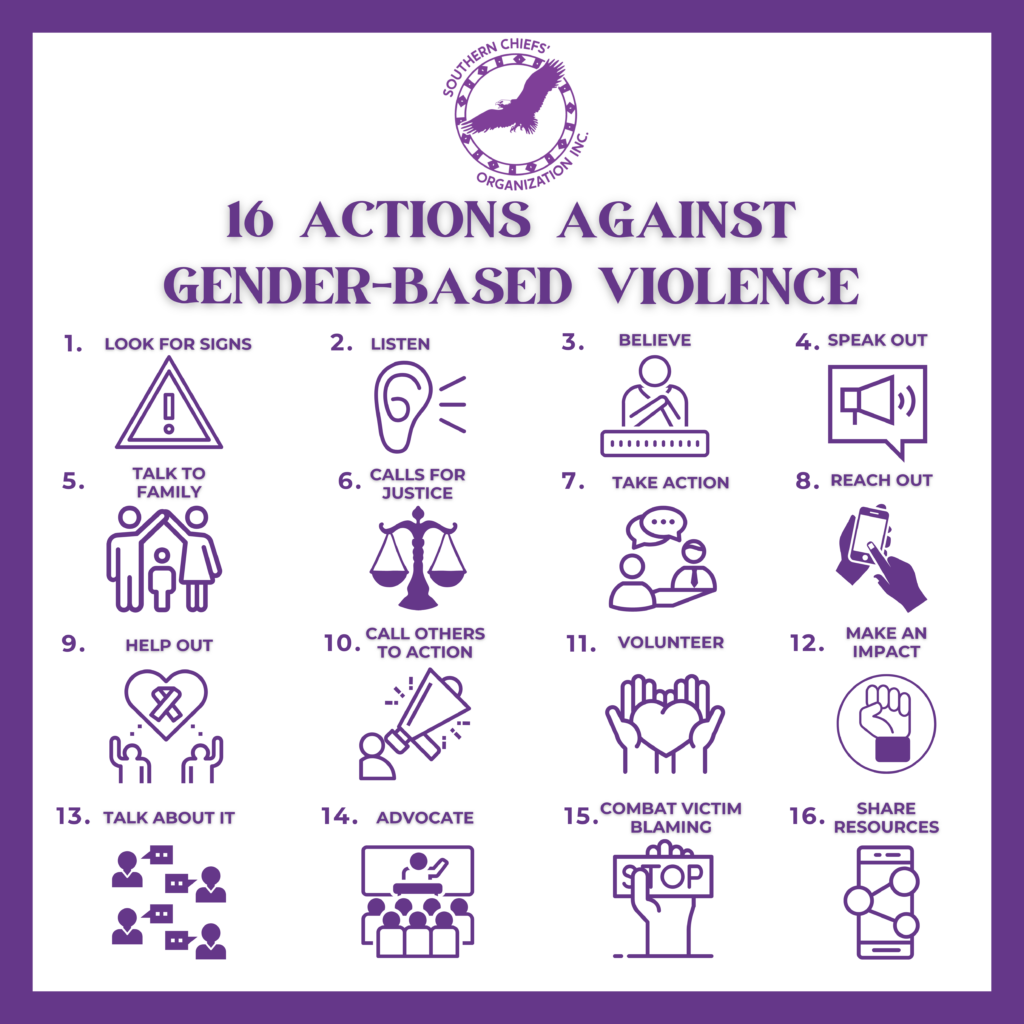
Facts:
- In Canada, women are at a greater risk than men for all violent crimes. Further, Indigenous women, girls, and gender-diverse people are three times more likely than non-Indigenous women to be victims of violence—a legacy of racism, colonialism, sexism, exclusion, and systemic violence against Indigenous and gender-diverse people.
- In Canada, a woman is killed approximately every two days, according to the Canadian Femicide Observatory at the University of Guelph.
- Approximately every six days, a woman in Canada is killed by her intimate partner (Amelia Armstrong and Brianna Jaffray, Statistics Canada, 2021)
- Indigenous women are killed at nearly seven times the rate of non-Indigenous women (Statistics Canada)
- According to Statistics Canada, 5466 people are living in shelters for victims of abuse across Canada. Over half (54%) of the residents were women, while accompanying children accounted for 44% of residents.
- Sadly, there are not enough shelters available for victims. About 7 out of 10 women (71%) were turned away because the shelter was considered full
- Men, whether victims of violence or perpetrators, often have access to little to no supports.
Get involved in ending GBV!
16 Actions YOU Can Take Against Gender-Based Violence:

1. Look for the signs
Educate yourself on the signs and risk factors of GBV, which comes in many forms. If we all learn more about GBV, we can better know how to work to stop the cycle of abuse.
Some of the warning signs include:
- One partner acts superior to the other, including by putting their partner down/insulting them
- One partner checks up on the other one all the time, even at work
- One partner seems fearful, nervous, unsure, or passive when the other is present
- One partner is apologetic and makes excuses for their partner’s behaviour, or they become aggressive and angry
- One partner seems to be sick more often and misses work or school or regular commitments
- One partner has frequent and unexplained bruises and injuries
For more information and resources:
- Abuse Information page – Ikwe Indigenous Crisis Shelter – Winnipeg
- Facts about Gender-Based Violence – Canadian Women’s Foundation
- MMIWG & Violence Prevention – Native Women’s’ Association of Canada
- Know the Warning Signs – Government of Canada
- Violence Against Women Fact Sheet – World Health Organization

2. Offer a Listening Ear
Let victims and Survivors know you are available to listen with no judgement. Many people are afraid to talk about abuse, and feel isolated and belittled after experiencing GBV.
Having someone to talk to in case there is ever an urgent situation is important. Victims/Survivors will appreciate your kindness.
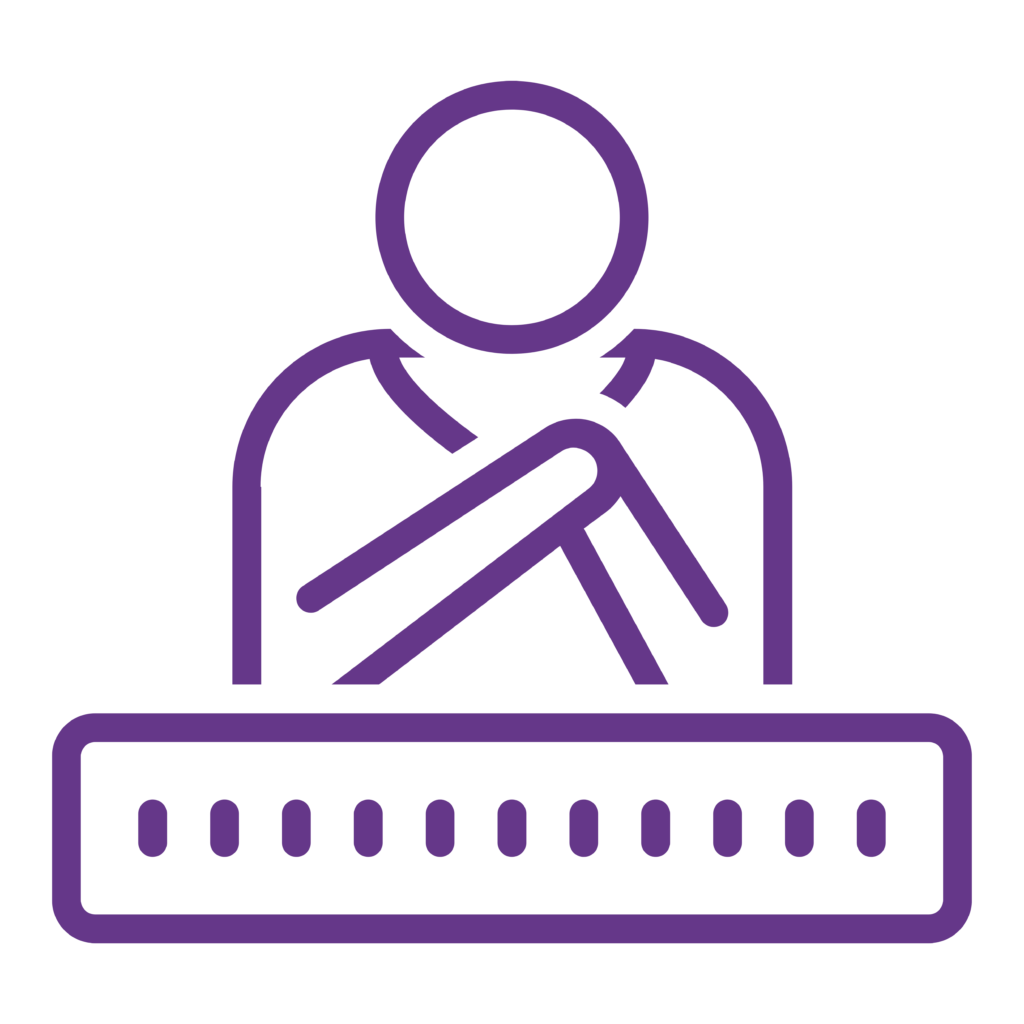
3. Believe in others
Support Survivors and those affected by violence whenever you can. Enhance and promote the social, economic, cultural, and political well-being of Indigenous women, girls, and gender-diverse people.

4. Get the word out
Use social media to spread the message and engage your community on this important issue. Share some actions you have taken, or ways that people can act now to help end GBV.
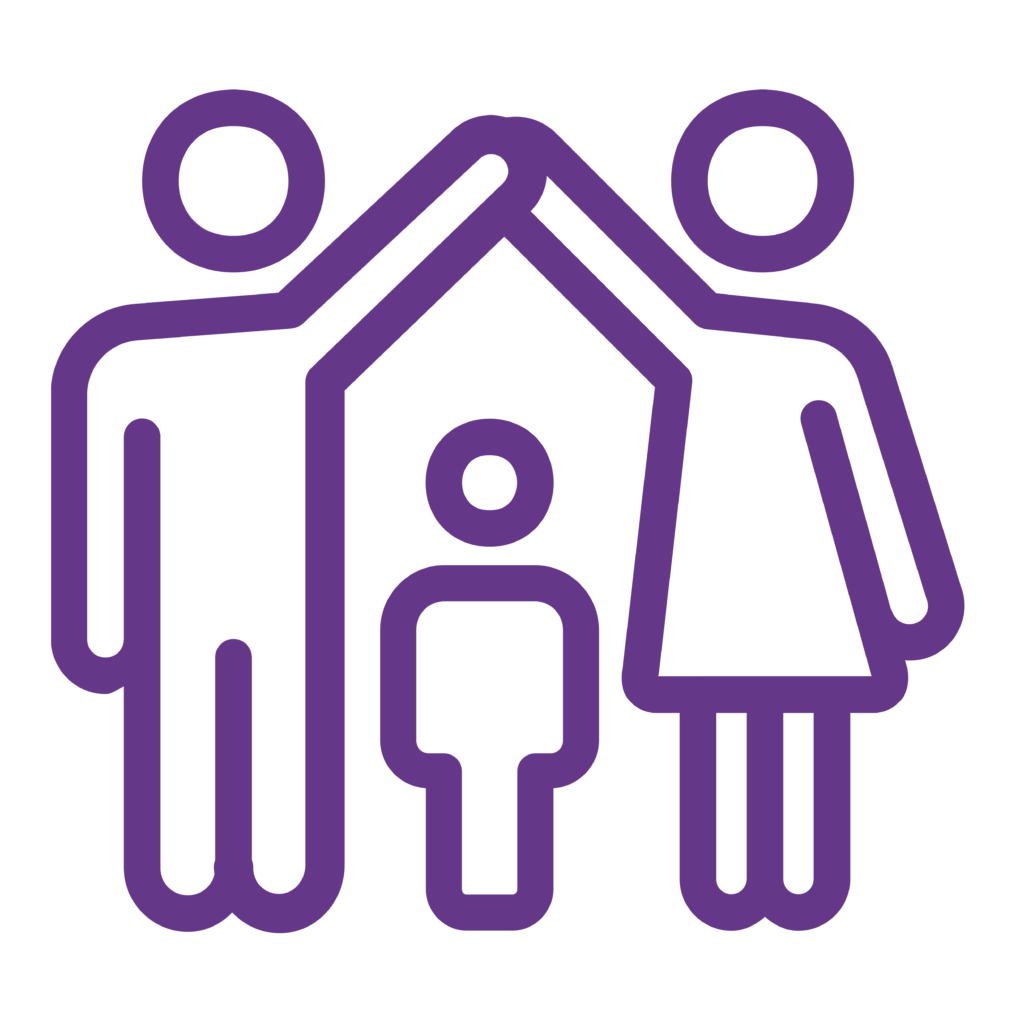
5. Talk to your children or grandchildren
If you are a parent or caregiver, talk to your child or grandchild about violence in general. Ask them what they might do if confronted with GBV or when witnessing GBV. Ensure they learn the signs, and brainstorm what their first steps could be when exposed to or confronted by acts of GBV.

6. Know the MMIWG Calls for Justice
Learn about and encourage others to read the MMIWG National Inquiry Final Report’s Calls for Justice. Encourage others to live out the Calls for All Canadians (PDF). Visit our MMIWG2S page for more information.

7. Take action at your workplace
Support your workplace with ensuring there are gender-based harassment and violence policies in place (if there are not already). These policies must include proper supports for any workers experiencing violence. For tips and information on creating policies visit:
- Preventing workplace violence—Information for employers (PDF) – Canadian Red Cross
- Gender-Based Violence in the Workplace – Human Rights Watch

8. Reach out
If you need information about local GBV resources or if you want to talk to an expert about a situation that worries you, call local helplines!
If you require immediate support, there is a national, independent toll free 24/7 support line at 1-844-413-6649 to speak to a counsellor. The service is available in Anishinaabemowin (Ojibway), Cree, Inuktitut, and French.
For confidential help and information on violence prevention in Manitoba, call the province-wide, toll-free crisis line at 1-877-977-0007 (or text 204-792-5302 or 204-805-6682).
If you are impacted by the issue of violence and of missing and murdered Indigenous women, girls, and 2SLGBTQQIA people, counselling and cultural support is available. More information is available at the ISC Services Page.
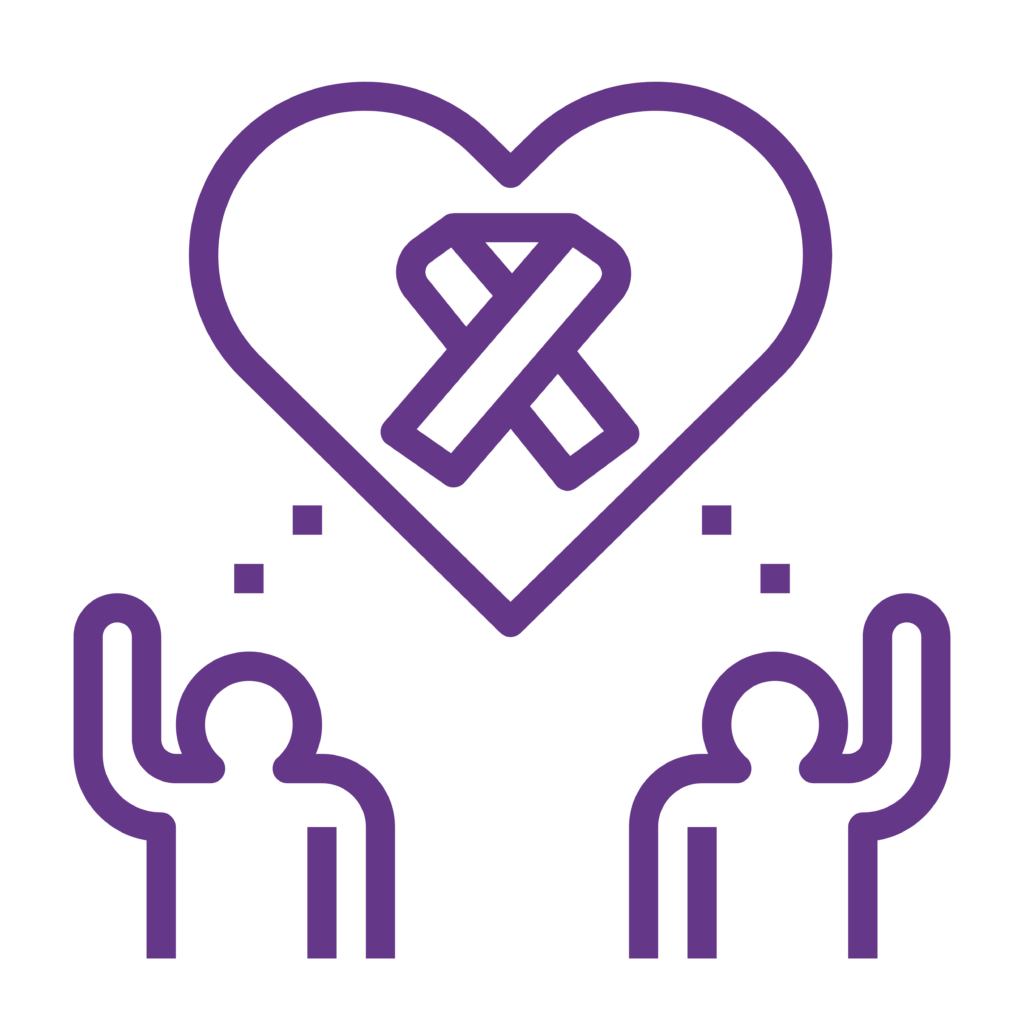
9. Help a local community organization
If one doesn’t already exist, start a community organization. Have regular meetings, sharing circles, and other events where you get to know each other and talk about important issues in the community. Educate your community on GBV and make sure everyone knows it will not be tolerated.

10. Call others to Action
Learn about and encourage others to read the Truth and Reconciliation Commission’s Calls to Action (PDF).
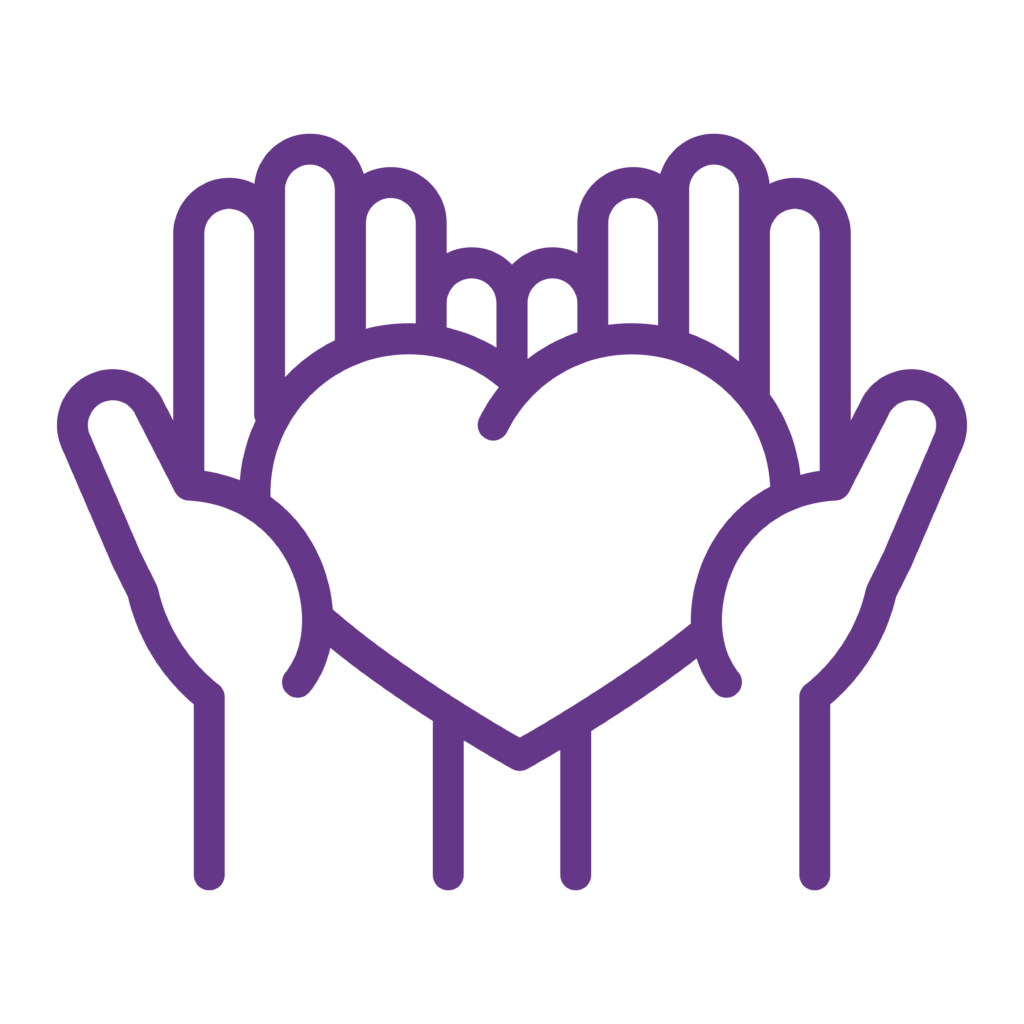
11. Volunteer
Find out what local violence prevention centres or shelters need. There are many ways you can help.

12. Make a positive impact in your community
For example, parents can check if schools (including colleges and universities) have safety protocols in place to prevent violence; educators can educate students on healthy relationships, dating violence, consent, and how to help if they think someone is being abused; healthcare workers can advocate for change and help educate the community. Think of all the ways, even little ways, that you can make a difference!

13. Talk about it
Not just this month, talk about GBV every month! Have conversations with the men, women, and gender-diverse people in your life.

14. Advocate with your local leadership
Contact your Chief and Council, Member of Parliament, Member of the Legislative Assembly, and other leaders. Let them know what is important for you, and what actions you want them to take to protect victims of violence, such as more safe havens/shelters, supports, paid leave, as well as help and therapy for abusers themselves to end the cycle of violence.
Here are two government leaders responsible for ending GBV, send them your ideas:
The Honourable Nahanni Fontaine
Manitoba Minister of Families, Minister responsibile for Accessibility, and Minister Responsible for Gender Equity
Phone: 204-945-4173
Email: minfs@leg.gov.mb.ca
357 Legislative Building
450 Broadway
Winnipeg, MB R3C 0V8
The Honourable Marci Ien
Federal Minister for Women and Gender Equality:
Toll-Free: 1-855-969-9922
Local: 613-995-7835
Fax: 819-420-6906
Email: minister-ministre@swc-cfc.gc.ca
Women and Gender Equality Canada
PO Box 8097, Station T CSC
Ottawa, ON K1G 3H6

15. Combat Victim Blaming and GBV
Hypermasculine and colonial stereotypes need to be challenged! Confront and speak out against sexism, racism, ignorance, homophobia, transphobia, and all acts of GBV! Encourage others to do the same, wherever and whenever it occurs.

16. Share resources
Print or share information or tips online with your workplace, community organizations, or even in public places like schools, community centres, health centres, band offices, libraries, and more to help educate the community. Visit our MMIWG2s and violence prevention page for ideas!

